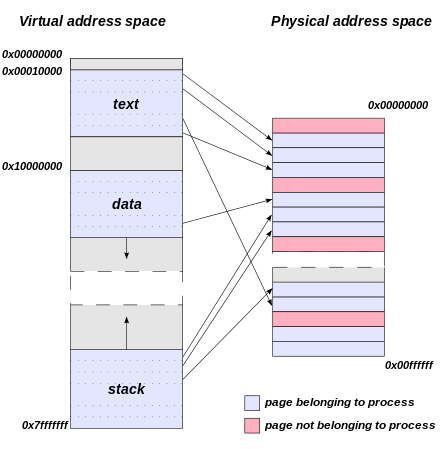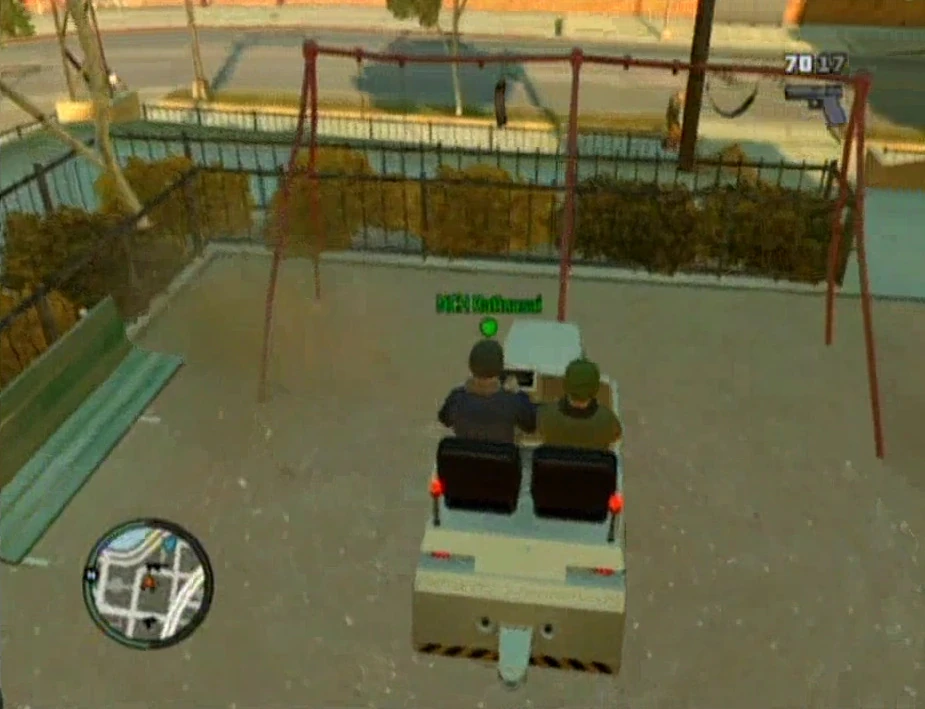Virtual Board With Tables
The virtual table is a lookup table of functions used to resolve function calls in a dynamic/late binding manner. The virtual table sometimes goes by other names, such as “vtable”, “virtual function table”, “virtual method table”, or “dispatch table”. Because knowing how the virtual table works is not necessary to use virtual. Tabletopia is raising funds for Tabletopia - The digital platform for board games on Kickstarter! More than 100 games from the beginning on this most sophisticated virtual table. I have some data that has to be measured which are not in any table. I can not insert it to a table nor I can create any table and insert these data. So I used dual like the following to get that table. I used this to join with other tables.


'Virtual table' redirects here. For virtual tables in SQL, see.A virtual method table ( VMT), virtual function table, virtual call table, vtable, or vftable is a mechanism used in a to support (or ).Whenever a class defines a (or method), most compilers add a hidden member variable to the class that points to an array of pointers to (virtual) functions called the virtual method table. These pointers are used at runtime to invoke the appropriate function implementations, because at compile time it may not yet be known if the base function is to be called or a derived one implemented by a class that inherits from the base class.There are many different ways to implement such dynamic dispatch, but use of virtual method tables is especially common among and related languages (such as and ). Languages that separate the programmatic interface of objects from the implementation, like and, also tend to use this approach, because it allows objects to use a different implementation simply by using a different set of method pointers.Suppose a program contains three in an hierarchy: a, Cat, and two, HouseCat and Lion. Class Cat defines a named speak, so its subclasses may provide an appropriate implementation (e.g. Either meow or roar).
When the program calls the speak function on a Cat reference (which can refer to an instance of Cat, or an instance of HouseCat or Lion), the code must be able to determine which implementation of the function the call should be dispatched to. This depends on the actual class of the object, not the class of the reference to it ( Cat). The class cannot generally be determined statically (that is, at ), so neither can the compiler decide which function to call at that time. The call must be dispatched to the right function dynamically (that is, at ) instead. Contents.Implementation An object's virtual method table will contain the of the object's dynamically bound methods.
Virtual Board With Tables Free
Method calls are performed by fetching the method's address from the object's virtual method table. The virtual method table is the same for all objects belonging to the same class, and is therefore typically shared between them. Objects belonging to type-compatible classes (for example siblings in an inheritance hierarchy) will have virtual method tables with the same layout: the address of a given method will appear at the same offset for all type-compatible classes. Thus, fetching the method's address from a given offset into a virtual method table will get the method corresponding to the object's actual class.The standards do not mandate exactly how dynamic dispatch must be implemented, but compilers generally use minor variations on the same basic model.Typically, the compiler creates a separate virtual method table for each class. When an object is created, a pointer to this table, called the virtual table pointer, vpointer or VPTR, is added as a hidden member of this object.

As such, the compiler must also generate 'hidden' code in the of each class to initialize a new object's virtual table pointer to the address of its class's virtual method table.Many compilers place the virtual table pointer as the last member of the object; other compilers place it as the first; portable source code works either way.For example, previously placed the pointer at the end of the object. Example Consider the following class declarations in. D. d = new D ; B1.
b1 = d; B2. b2 = d;While d and b1 will point to the same memory location after execution of this code, b2 will point to the location d+8 (eight bytes beyond the memory location of d). Thus, b2 points to the region within d that 'looks like' an instance of B2, i.e., has the same memory layout as an instance of B2.Invocation A call to d-f1 is handled by dereferencing d's D::B1 vpointer, looking up the f1 entry in the virtual method table, and then dereferencing that pointer to call the code.In the case of single inheritance (or in a language with only single inheritance), if the vpointer is always the first element in d (as it is with many compilers), this reduces to the following pseudo-C. (. (. ( d + 0 /.pointer to virtual method table of D (for B1)./ ) 0 ))( d ) /. Call d-f1./ (.
(. ( d + 8 /.pointer to virtual method table of D (for B2)./ ) 0 ))( d + 8 ) /. Call d-f2./The call to d-f1 passes a B1 pointer as a parameter. The call to d-f2 passes a B2 pointer as a parameter. This second call requires a fixup to produce the correct pointer. The location of B2::f2 is not in the virtual method table for D.By comparison, a call to d-f0 is much simpler.
Virtual Board With Tables 2017
(. B1:: f0 )( d ) Efficiency A virtual call requires at least an extra indexed dereference and sometimes a 'fixup' addition, compared to a non-virtual call, which is simply a jump to a compiled-in pointer. Therefore, calling virtual functions is inherently slower than calling non-virtual functions. An experiment done in 1996 indicates that approximately 6–13% of execution time is spent simply dispatching to the correct function, though the overhead can be as high as 50%. The cost of virtual functions may not be so high on modern CPU architectures due to much larger caches and better.Furthermore, in environments where is not in use, virtual function calls usually cannot be. In certain cases it may be possible for the compiler to perform a process known as devirtualization in which, for instance, the lookup and indirect call are replaced with a conditional execution of each inlined body, but such optimizations are not common.To avoid this overhead, compilers usually avoid using virtual method tables whenever the call can be resolved at.Thus, the call to f1 above may not require a table lookup because the compiler may be able to tell that d can only hold a D at this point, and D does not override f1.
Virtual Method Table
Or the compiler (or optimizer) may be able to detect that there are no subclasses of B1 anywhere in the program that override f1.
